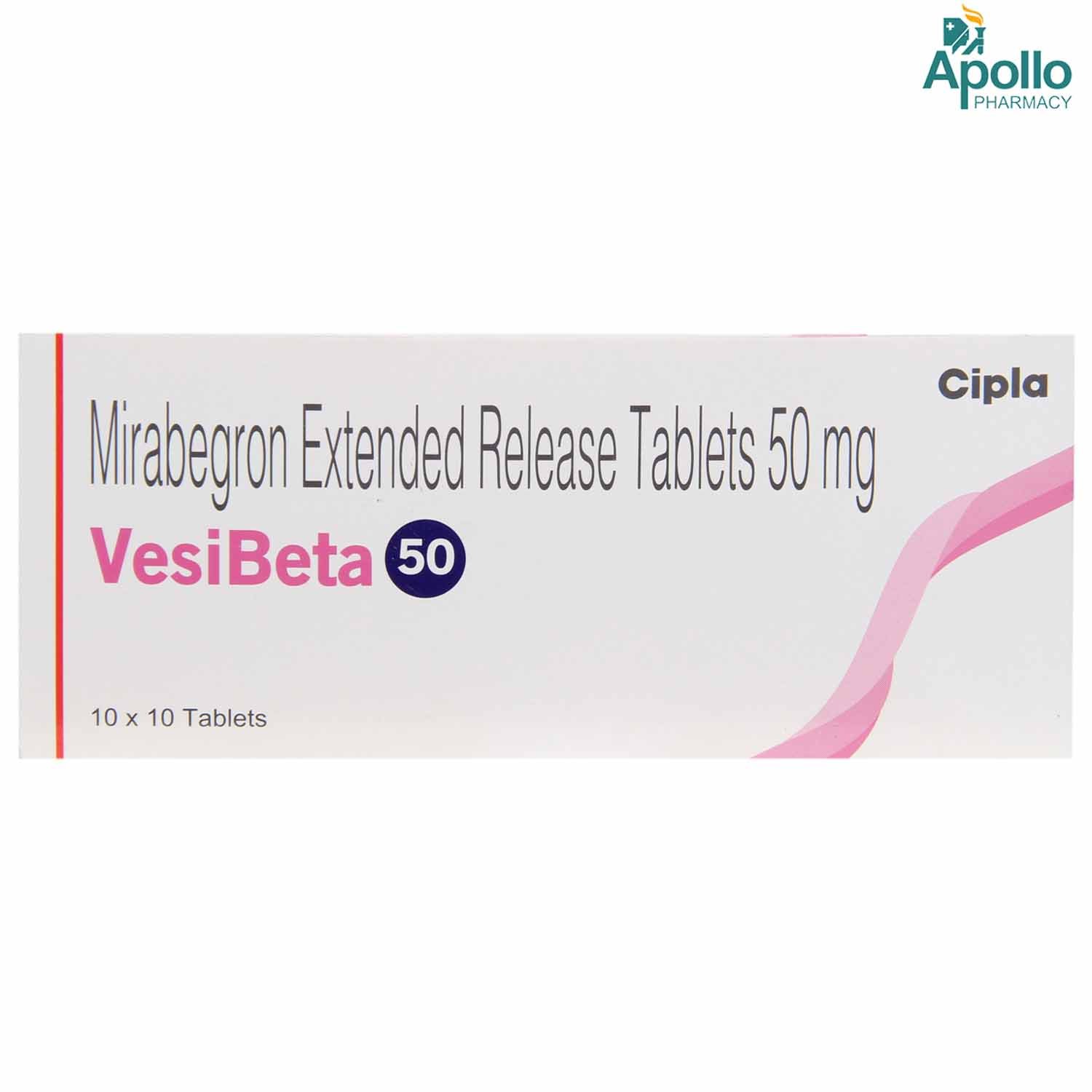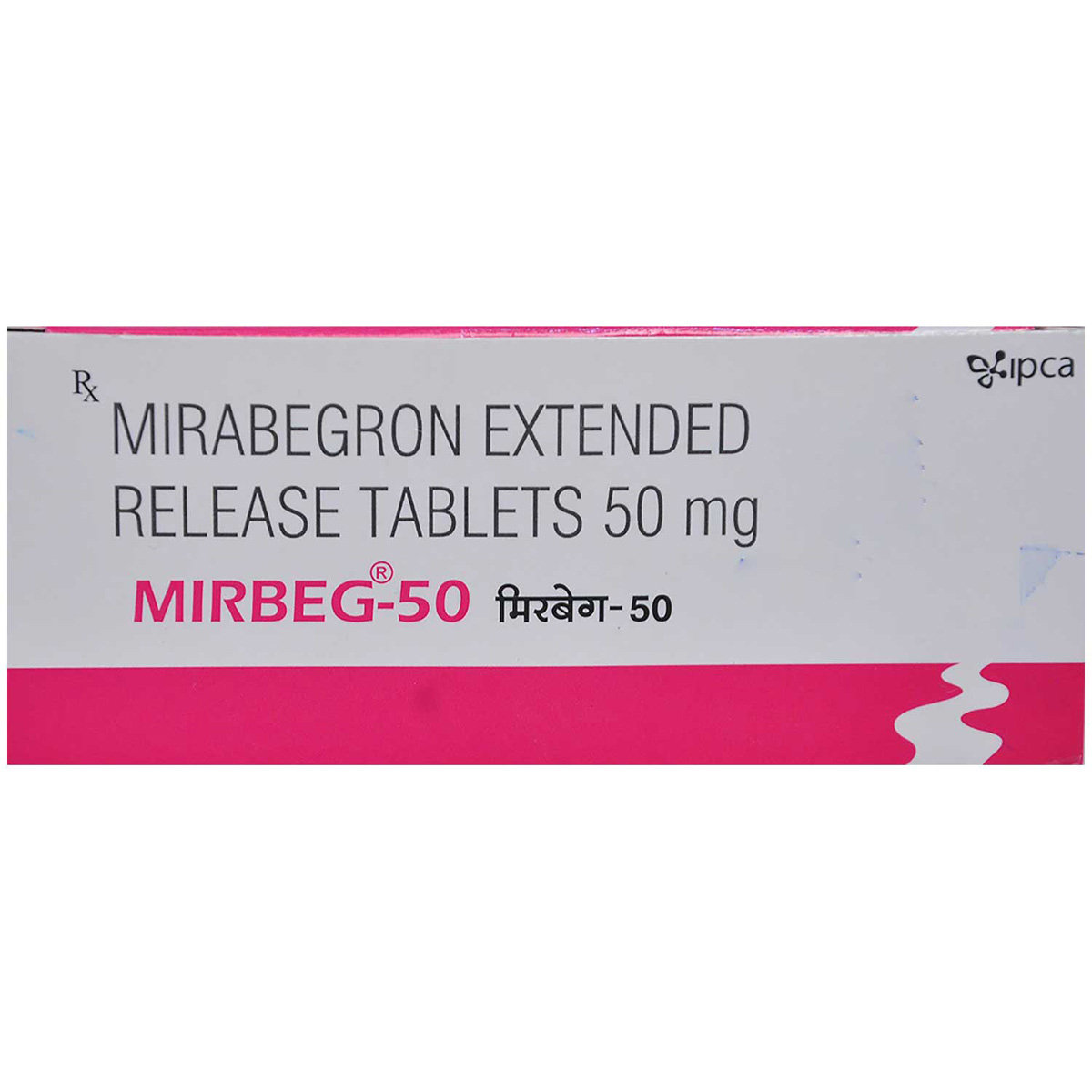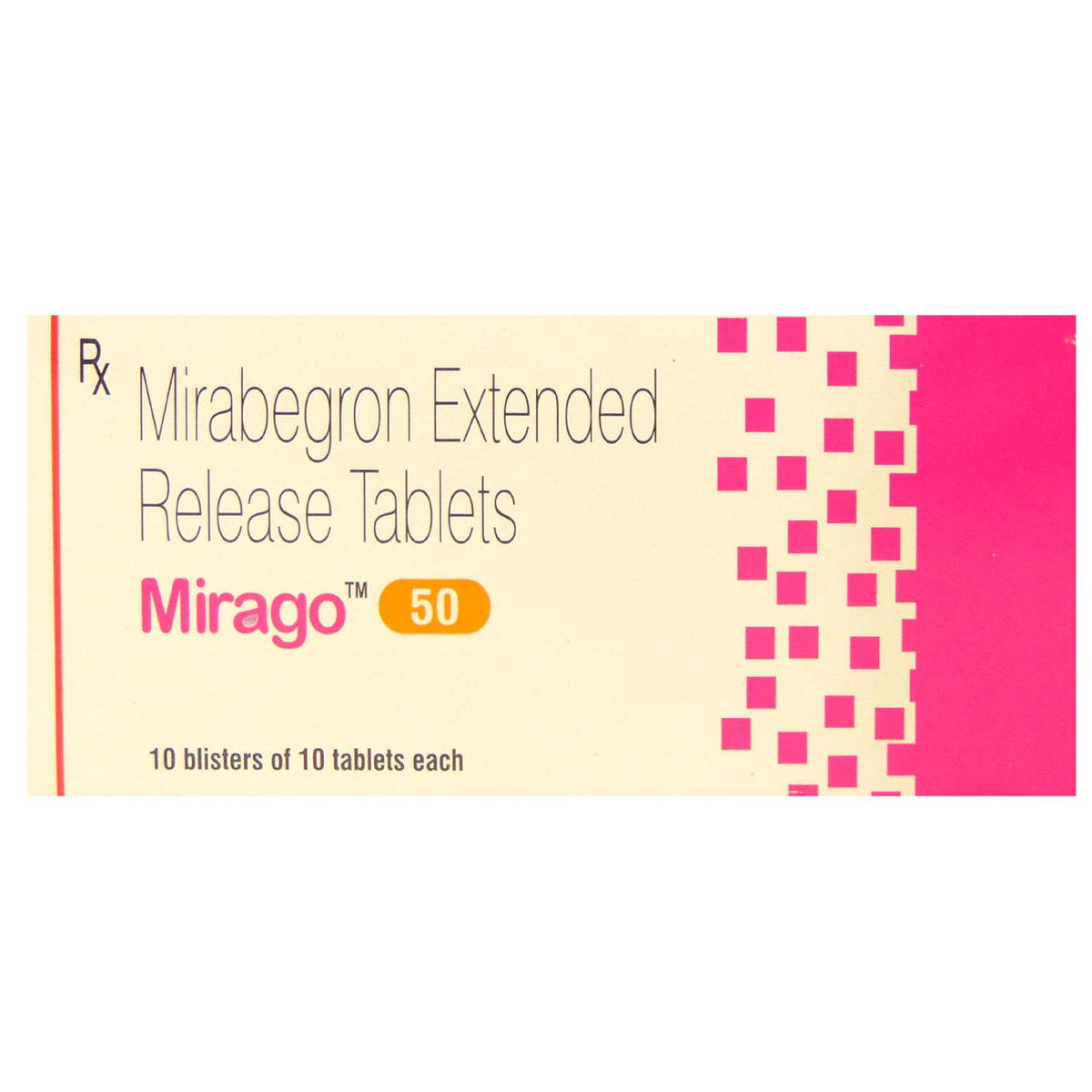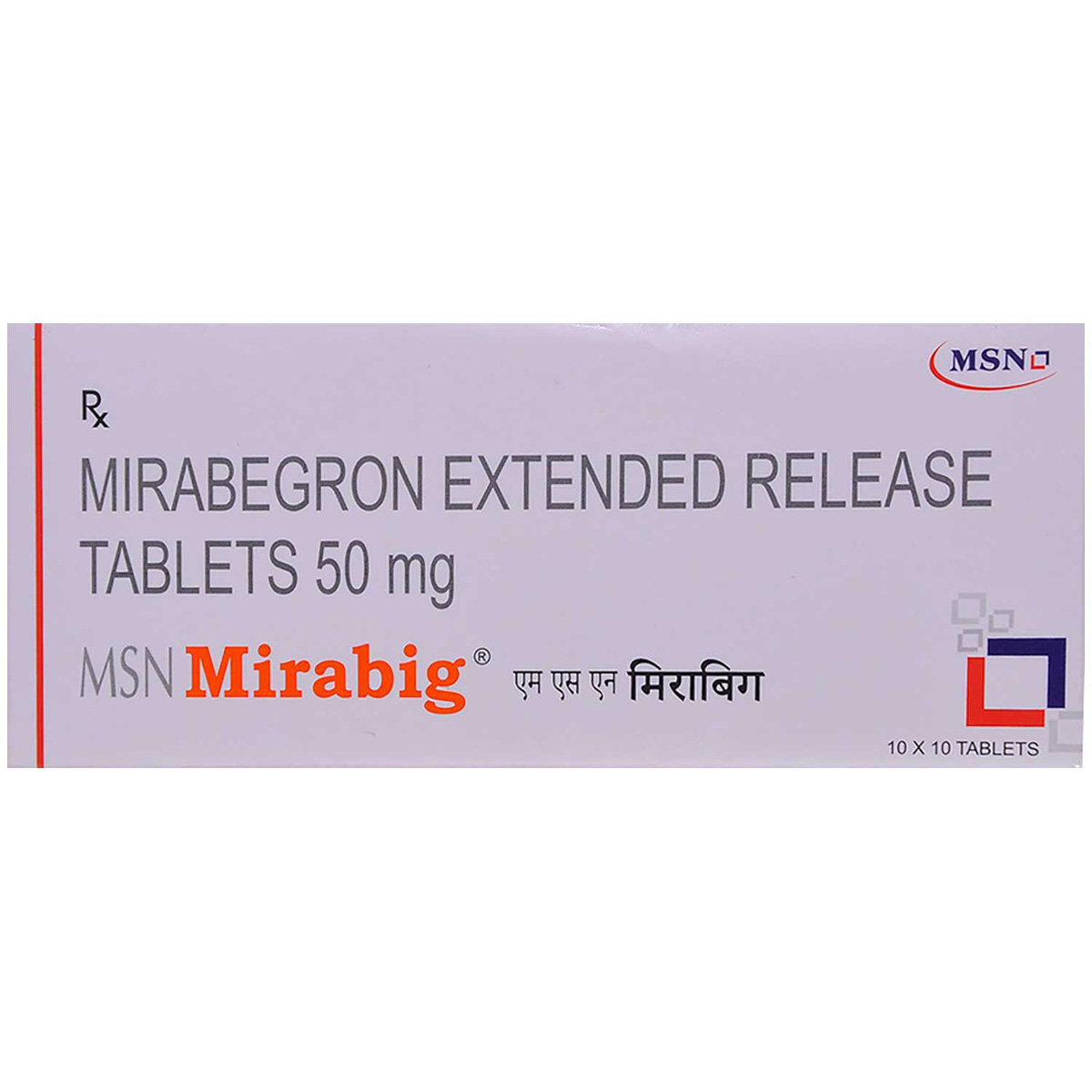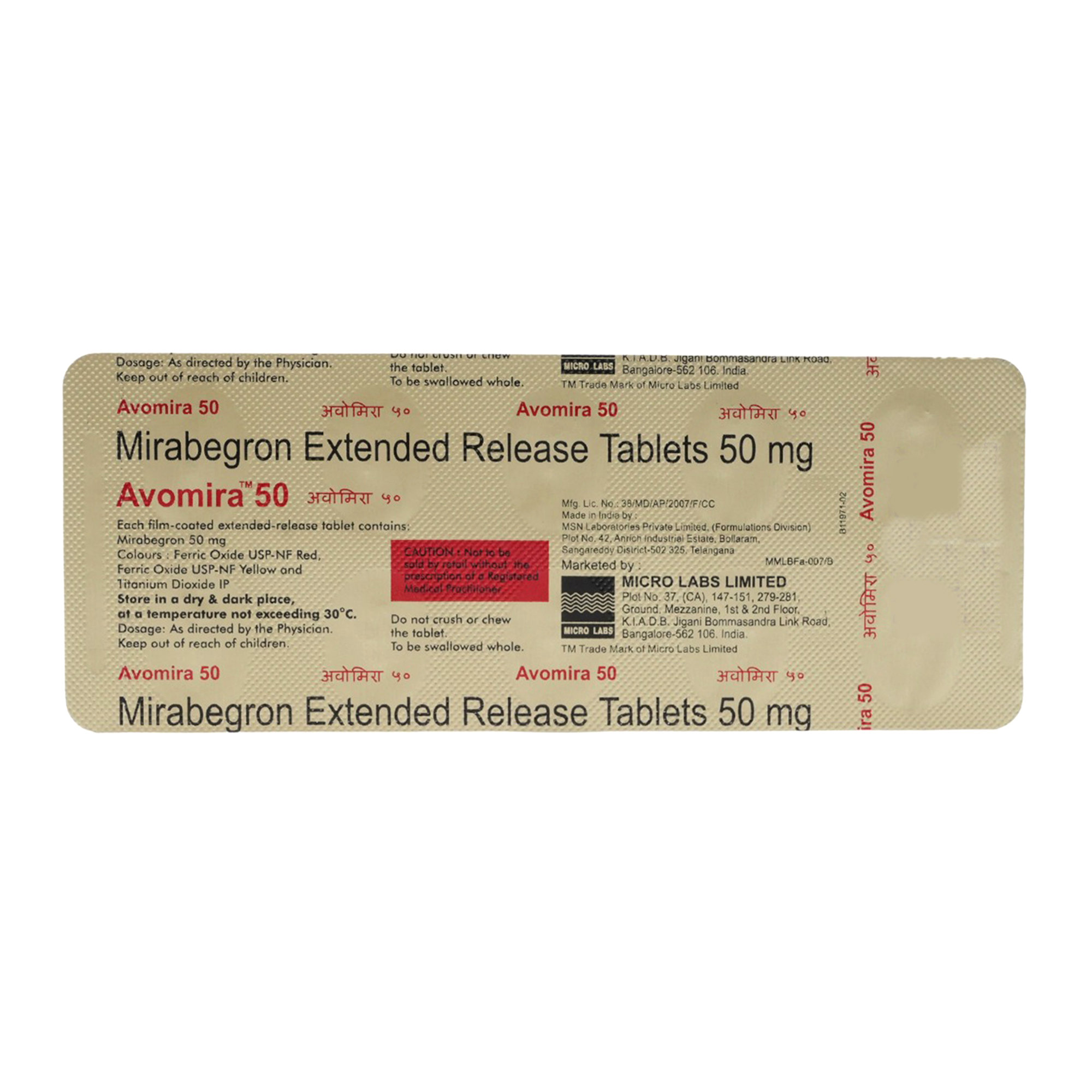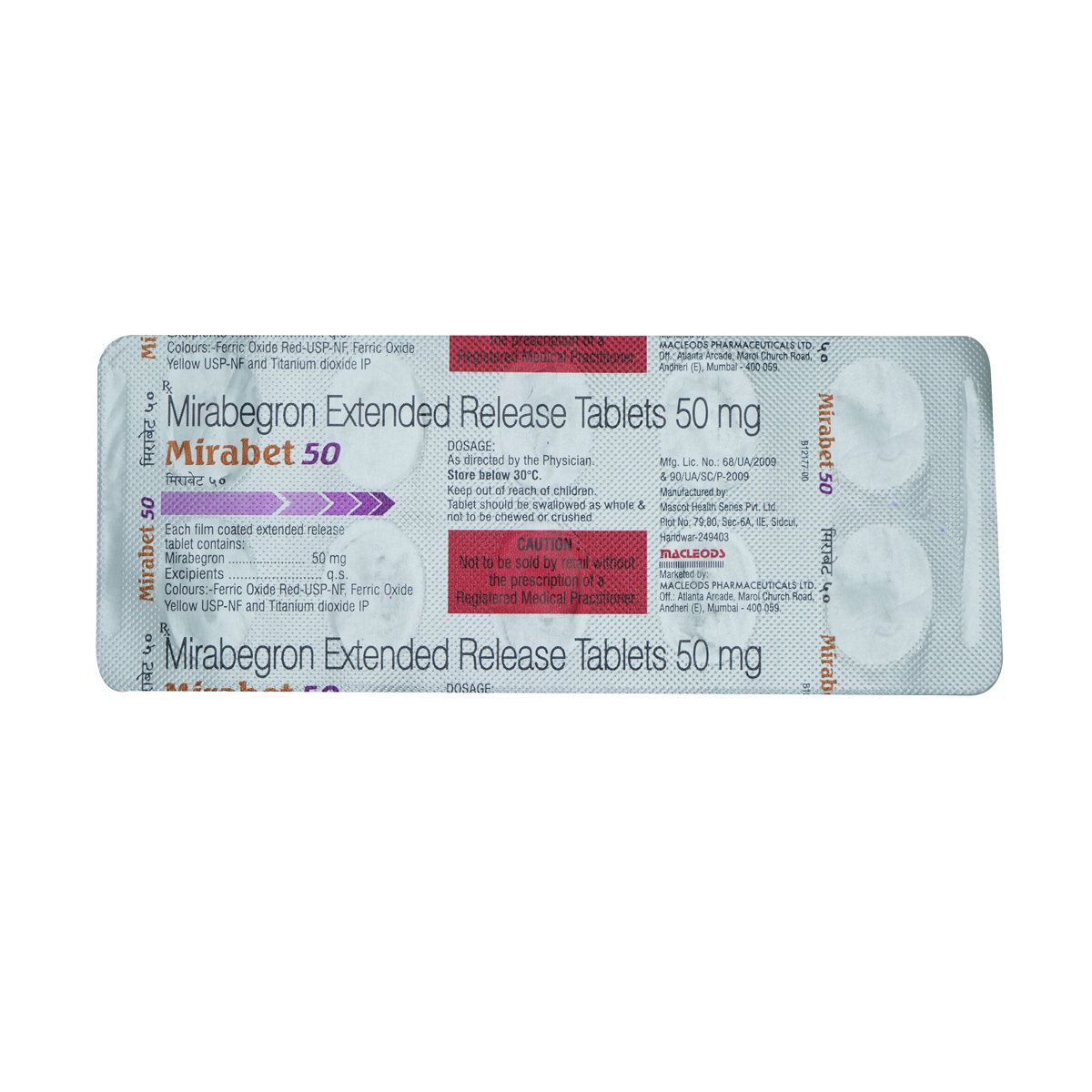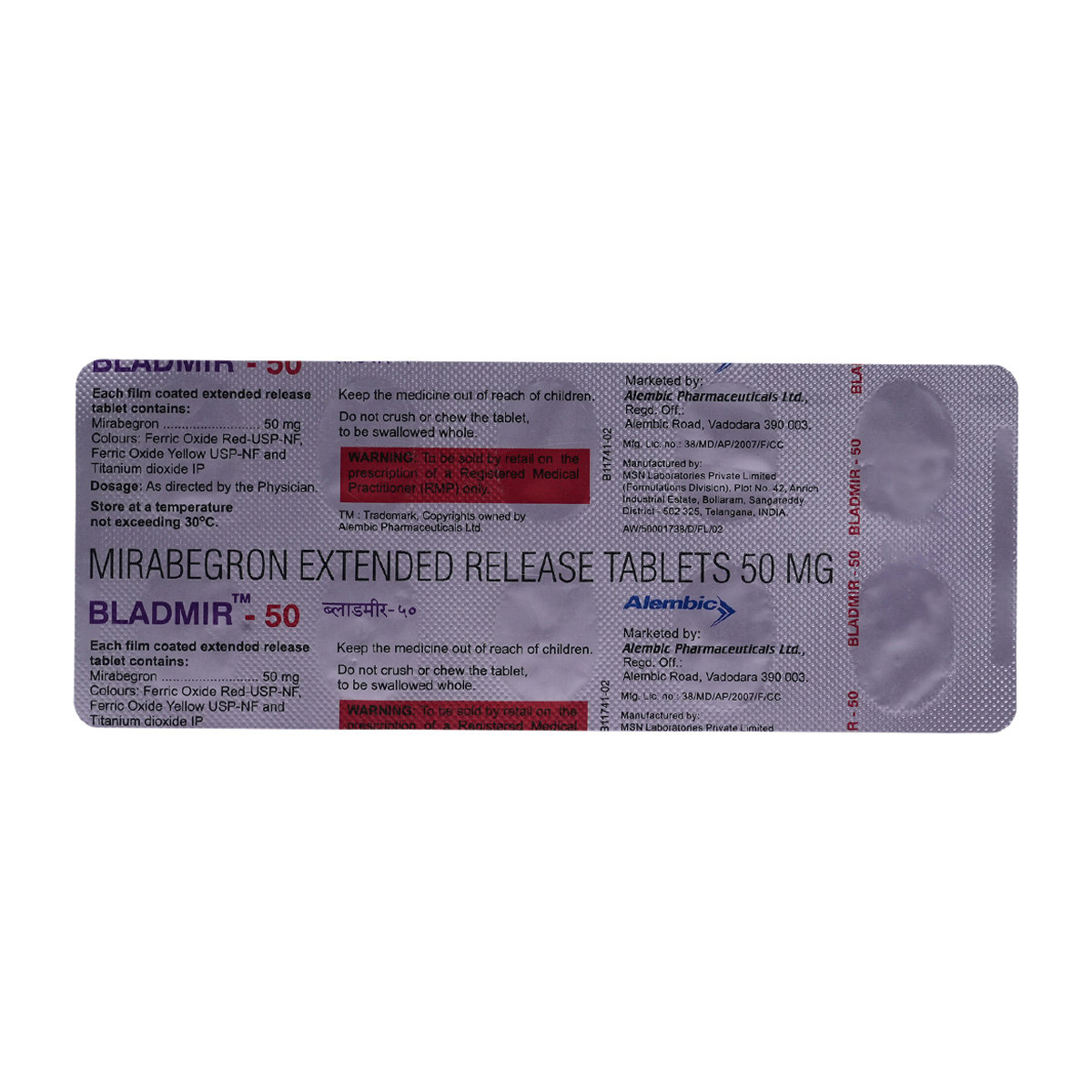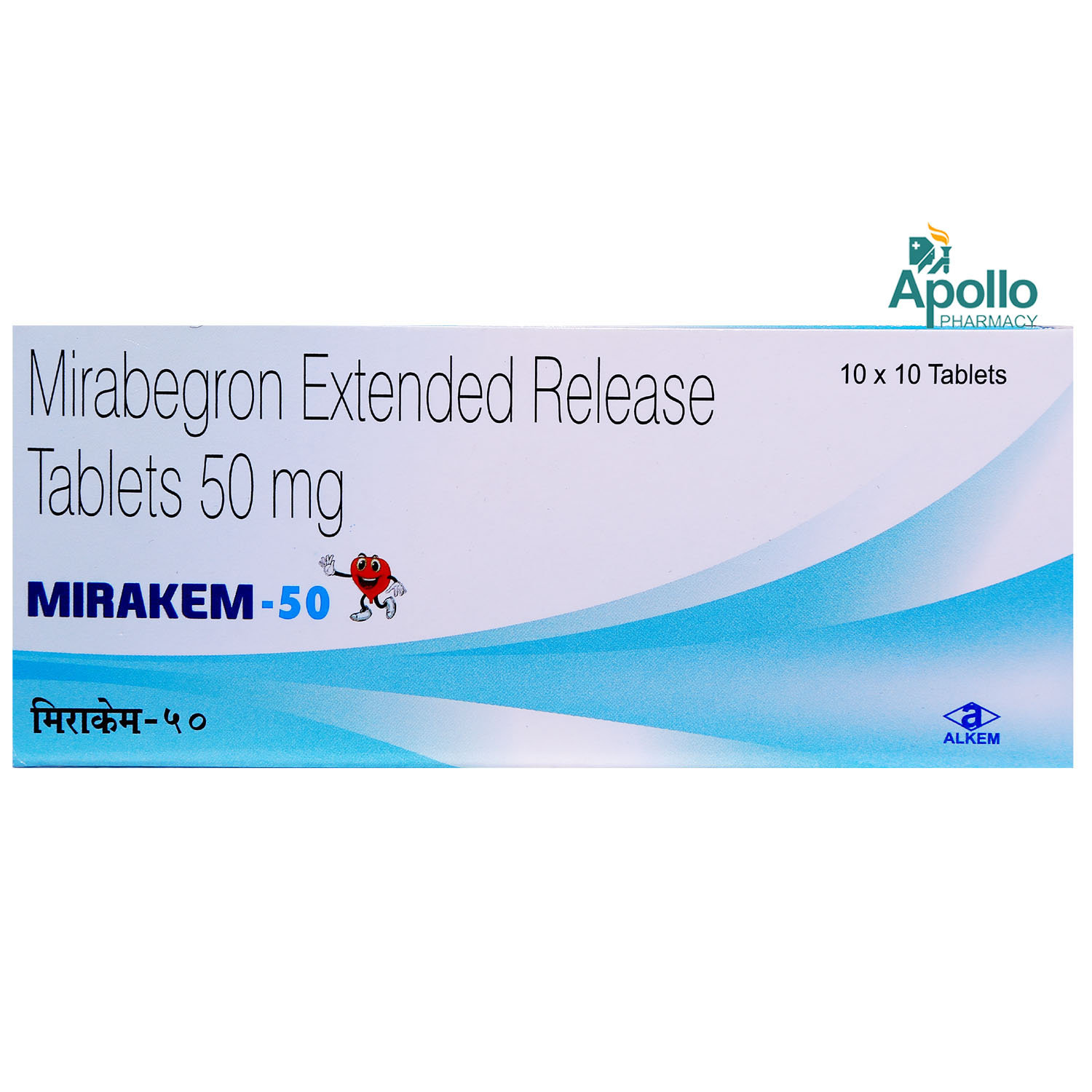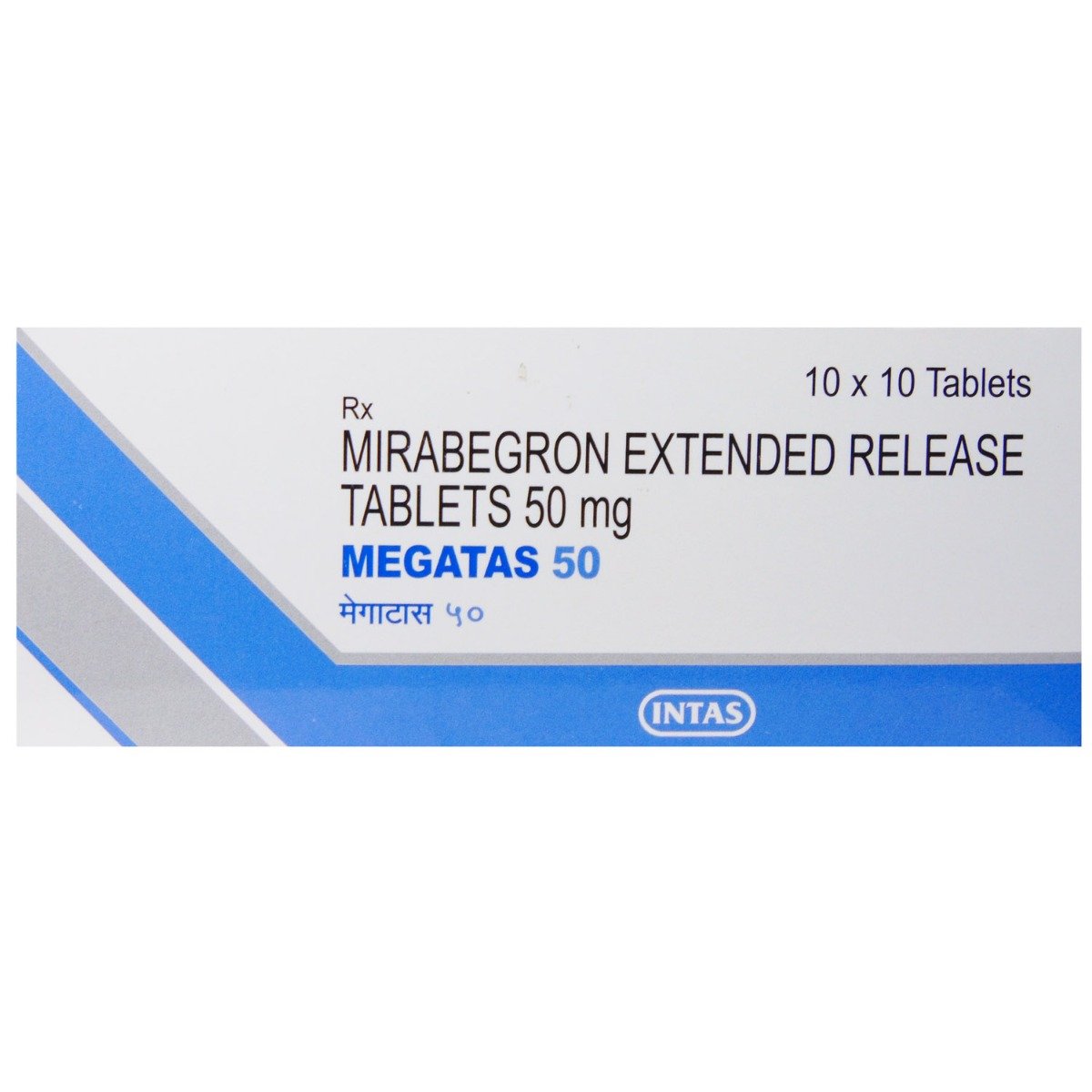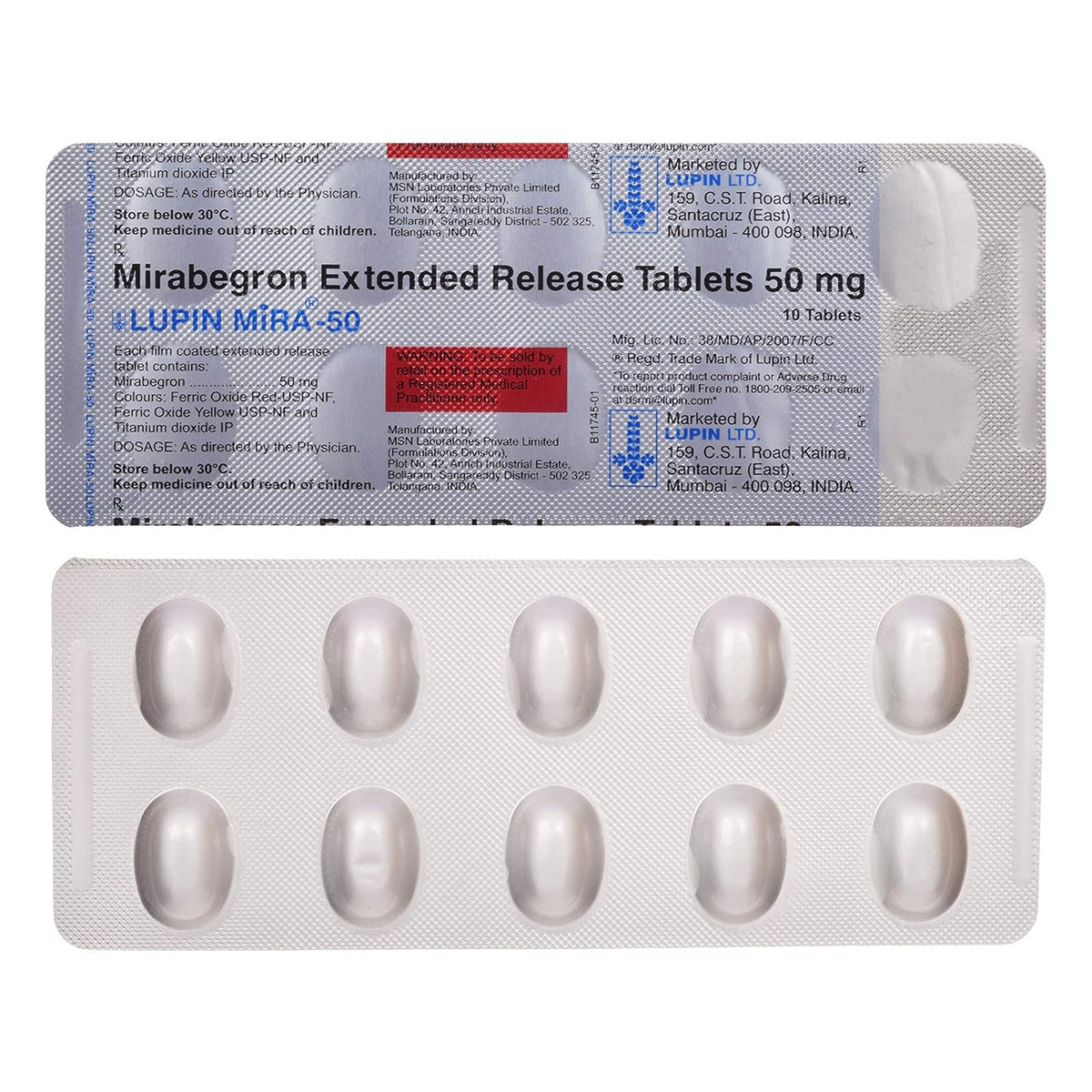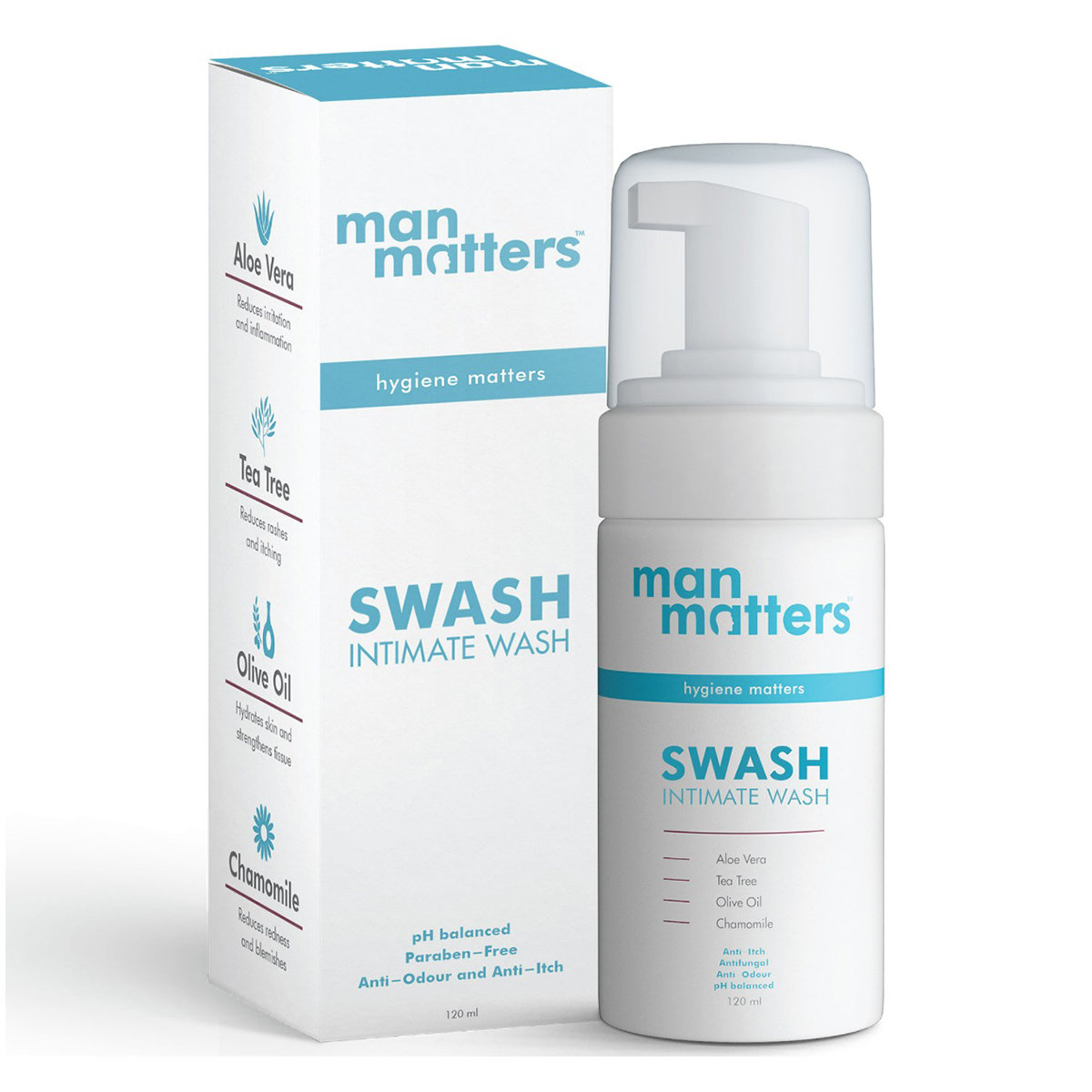Exena-50 Tablet
MRP ₹520
(Inclusive of all Taxes)
₹62.4 Cashback (12%)
know your delivery time
Provide Delivery Location
Composition :
Manufacturer/Marketer :
Consume Type :
Return Policy :
Expires on or after :

Secure Payment

Trusted by 8 Crore Indians

Genuine Products
Therapeutic Class
Country of origin
Manufacturer/Marketer address
FAQs
Disclaimer
Alcohol
Caution
Avoid taking alcohol as it increases the risk of side effects.
Pregnancy
Caution
Exena-50 Tablet is not recommended for use in pregnant women unless absolutely necessary. Before taking this medicine, the risks and benefits should be discussed with the doctor.
Breast Feeding
Caution
Exena-50 Tablet is not recommended for use in breastfeeding women unless absolutely necessary. Before taking this medicine, the risks and benefits should be discussed with the doctor. If this medicine is used, close monitoring of the infant for undesired side effects is recommended.
Driving
Caution
The use of this medicine may cause blurred vision or dizziness in some patients. You are advised not to perform any activities, such as driving a vehicle or operating machinery, if you experience any of these symptoms during treatment with this medicine.
Liver
Caution
Exena-50 Tablet should be used with caution in patients with severe liver disease. A dose adjustment of Exena-50 Tablet may be needed. Please consult your doctor. Exena-50 Tablet is not recommended for use in patients with severe liver disease.
Kidney
Caution
Exena-50 Tablet should be used with caution in patients with kidney disease. A dose adjustment of Exena-50 Tablet may be needed. Please consult your doctor.
Children
Caution
Exena-50 Tablet should not be used in children below 12 years of age unless prescribed by a doctor.
Product Substitutes
Reference
- https://www.medicines.org.uk/emc/product/2977/smpc#PRODUCTINFO
- https://www.medicinenet.com/mirabegron/article.htm
- https://www.mims.com/malaysia/drug/info/mirabegron?mtype=generic
- https://www.webmd.com/drugs/2/drug-162243/myrbetriq-oral/details
- https://www.drugs.com/cdi/mirabegron.html
- https://www.accessdata.fda.gov/drugsatfda_docs/label/2018/202611s011lbl.pdf
About Exena-50 Tablet
Exena-50 Tablet belongs to the group of medications called ‘urinary antagonists' or 'antispasmodics' primarily used in the treatment of overactive bladder (OAB) symptoms. Overactive bladder is a condition in which the urinary bladder muscles constrict uncontrollably, thereby causing an urgent need to urinate, frequent urination and inability to control urination.
Exena-50 Tablet contains ‘mirabegron’ that relaxes the urinary bladder muscles, which in turn decreases the activity of the overactive bladder. In an overactive bladder, muscle contractions occur before the full expansion of the bladder, causing the patient to have frequent urges to urinate. Exena-50 Tablet stops these sudden contractions of urinary bladder muscles, thereby enabling control over urination. Thus, it increases the amount and volume of urine that can be held by the bladder.
In some cases, Exena-50 Tablet may cause common side effects of Exena-50 Tablet are nausea, constipation, diarrhoea, headache, dizziness, and increased heart rate. Most of these side effects do not require medical attention and resolve gradually over time. However, if the side effects persist or worsen, consult a doctor.
Do not take Exena-50 Tablet if you are allergic to any of its ingredients. Before taking Exena-50 Tablet , inform your doctor if you have kidney disease, liver disease, hypertension, urinary retention, angioedema, or a history of heart rhythm problems (including QT prolongation). Consult your doctor if you are pregnant or breastfeeding. Avoid driving or operating heavy machinery, as this medicine may cause dizziness.
Uses of Exena-50 Tablet
Medicinal Benefits Mweb
Medicinal Benefits
Exena-50 Tablet contains 'mirabegron', which belongs to the class of medications called 'anticholinergics'. It can decrease the activity of the overactive bladder. In an overactive bladder, muscle contractions occur before the full expansion of the bladder, causing the patient to have frequent urges to urinate. Exena-50 Tablet can stop these sudden contractions of bladder muscles. It enables control over urination and increases the amount of urine held by your bladder.
Directions for Use
Side Effects of Exena-50 Tablet
- Nausea
- Constipation
- Diarrhoea
- Headache
- Dizziness
- Increased heart rate
Drug Warnings
Do not take Exena-50 Tablet if you are allergic to any ingredients present in it. Before taking Exena-50 Tablet , inform your doctor if you have kidney disease, liver disease, hypertension, urinary retention, angioedema, or a history of heart rhythm problems (including QT prolongation). Consult your doctor if you are pregnant or breastfeeding. Avoid driving or operating heavy machinery, as this medicine may cause dizziness.
Drug-Drug Interactions
Drug-Drug Interactions
Login/Sign Up
Coadministration of Eliglustat and Exena-50 Tablet can significantly increase the blood levels of eliglustat. This can increase the risk or severity of side effects.
How to manage the interaction:
Taking Exena-50 Tablet with Eliglustat is not recommended, it should be taken only when advised by a doctor. You should seek immediate medical help if you develop symptoms like sudden dizziness, lightheadedness, fainting, shortness of breath, irregular heart rate, weak pulse, or heart palpitations. Do not discontinue any medications without a doctor's advice.
Combined use of Exena-50 Tablet and Pimozide may increase the level of pimozide in the blood. This can increase the risk or severity of irregular heart rhythms.
How to manage the interaction:
Taking Exena-50 Tablet and Pimozide may lead to an interaction but they can be taken together if your doctor has prescribed them. However, if you experience drowsiness, blurred vision, dry mouth, constipation, low blood pressure, tremors, trembling of hands, arms, legs, jaw and face, balance and Speech difficulty, or abnormal muscle movements consult a doctor. Do not discontinue any medications without consulting a doctor.
Coadministration of Exena-50 Tablet and Venetoclax may significantly increase the blood levels and effects of Venetoclax. This can increase the risk or severity of side effects.
How to manage the interaction:
There may be a possible interaction between Exena-50 Tablet and Venetoclax, but they can be taken together if your doctor has prescribed them. However, if you experience nausea, vomiting, diarrhea, fatigue, fever, chills, bleeding problems, sudden dizziness, lightheadedness, fainting, shortness of breath, or rapid heartbeat, contact a doctor immediately. Do not discontinue any medications without consulting a doctor.
Combine use of Exena-50 Tablet and thioridazine may raise the blood levels of thioridazine. This can increase the risk or severity of side effects.
How to manage the interaction:
Taking Exena-50 Tablet and thioridazine together can possibly result in an interaction, it can be taken if your doctor has advised it. However, if you experience stomach pain, diarrhea, dehydration, sudden dizziness, lightheadedness, fainting, shortness of breath, or rapid heartbeat, contact a doctor immediately. Do not discontinue any medications without consulting a doctor.
Coadministration of Exena-50 Tablet and Tamoxifen may reduce the effects of tamoxifen.
How to manage the interaction:
Taking Exena-50 Tablet and Tamoxifen together can possibly result in an interaction, it can be taken if your doctor has advised it. However, if you experience painful urination, constipation, dry mouth, headache, sudden dizziness, lightheadedness, fainting, shortness of breath, or rapid heartbeat, contact a doctor immediately. Do not discontinue any medications without consulting a doctor.
Combining Aripiprazole with Exena-50 Tablet can increase the levels of Aripiprazole in the body. This can lead to increased risk or severity of side effects.
How to manage the interaction:
Although taking Exena-50 Tablet and Aripiprazole together can cause an interaction, it can be taken if a doctor has suggested it. If you notice any of these signs like feeling sleepy, having seizures, unusual muscle movements, low blood pressure, feeling confused, muscle spasms, twitching in your jaw, shaking or jerking in your arms and legs, feeling nervous or restless, dizziness, lightheaded, or fainting contact the doctor right away. Do not stop using any medications without a doctor's advice.
A combined use of Exena-50 Tablet and Brexpiprazole may increase the level of Brexpiprazole in blood. This can increase the risk or severity of side effects.
How to manage the interaction:
There could be a possible interaction between Exena-50 Tablet and Brexpipraole, it can be taken together if your doctor has advised them. However, if you experience drowsiness, fatigue, seizure, chest pain or tightness, irregular heart rates, fever, excessive sweating, shivering or shaking, blurred vision, muscle spasm or stiffness, tremors, incoordination, stomach cramp, nausea, vomiting, and diarrhea contact a doctor immediately. Do not discontinue any medications without consulting a doctor.
Drug-Food Interactions
Drug-Food Interactions
Login/Sign Up
Frozen Meals, Cheese, Red Meat, Potato Chips, Hamburgers, Hot Dogs, Ice Cream
How to manage the interaction:
Taking Exena-50 Tablet with High-fat Food can reduce the oral absorption of Exena-50 Tablet. Avoid high-fat food while being treated with Exena-50 Tablet.
Drug-Diseases Interactions
Drug-Diseases Interactions
Login/Sign Up
Drug-Drug Interactions Checker List
- KETOCONAZOLE
- ITRACONAZOLE
- CARVEDILOL
- METOPROLOL
- PIMOZIDE
- THIORIDAZINE
- CHLORPHENIRAMINE
- DEXTROMETHORPHAN
- WARFARIN
- COUMADIN
- DESIPRAMINE
- DIGOXIN
- FLECAINIDE
- PROPAFENONE
- DARIFENACIN
- FESOTERODINE
- OXYBUTYNIN
- TOLTERODINE
- TROSPIUM
Habit Forming
Special Advise
- Exena-50 Tablet may raise your blood pressure. Monitor your blood pressure regularly.
Diet & Lifestyle Advise
- Eat fresh fruits like pears, bananas, citrus fruits, and vegetables like beans and potatoes.
- Try to take cranberry juice as it helps in minimizing urinary infections.
- Avoid coffee, tea, and carbonated drinks which contain caffeine.
- Do not consume processed, fried, or spicy foods, as these can irritate your bladder.
- Limit alcohol intake as it can increase the risk of side effects.
- Quit smoking and exercise regularly.
All Substitutes & Brand Comparisons
RX
Urihold 50 Tablet 10's
Aristo Pharmaceuticals Pvt Ltd
₹186.5
(₹18.65 per unit)
59% CHEAPERRX
Vesibeta 50 ER Tablet 10's
Cipla Ltd
₹349
(₹31.41 per unit)
31% CHEAPERRX
Mirasure 50 mg Tablet 10's
Merynova Life Sciences India Pvt Ltd
₹325
(₹32.5 per unit)
28% CHEAPER

Have a query?
Frequently Bought Together
₹389.5
MRP ₹410
5% off
1
+Customers Also Bought


